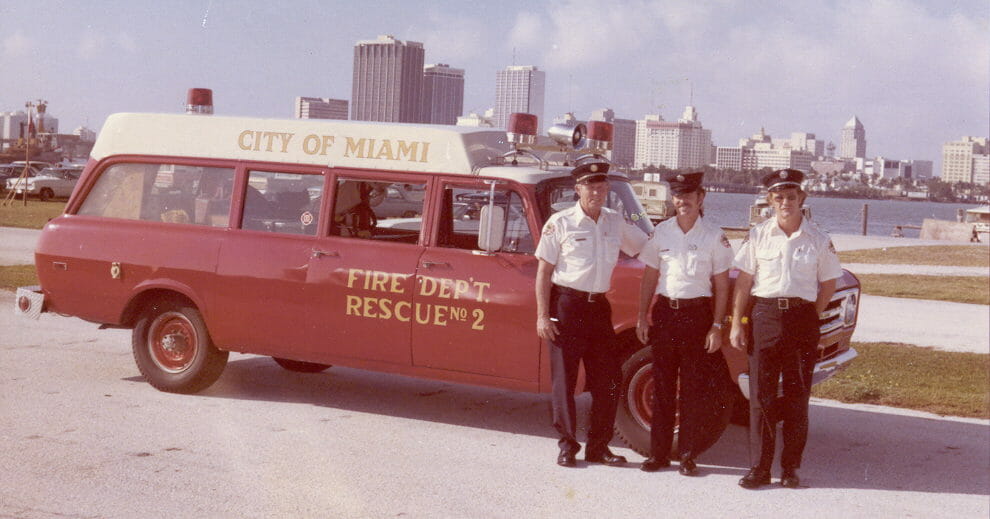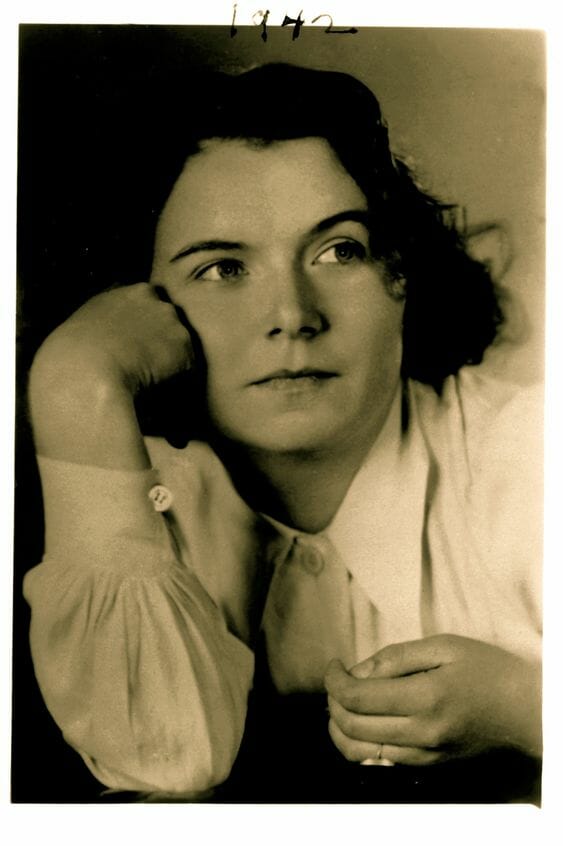MiTasol
Captain
Not directly aviation related but still very worthy of a salute

 www.honoraryunsubscribe.com
www.honoraryunsubscribe.com


Eugene Nagel - Honorary Unsubscribe
Nagel got one of the first paramedic units up and running — and coined the term “paramedic”.


